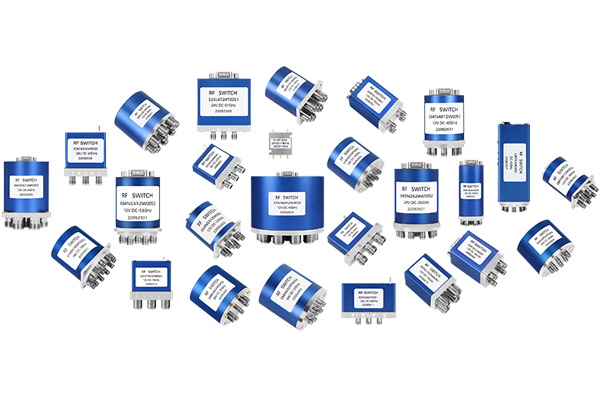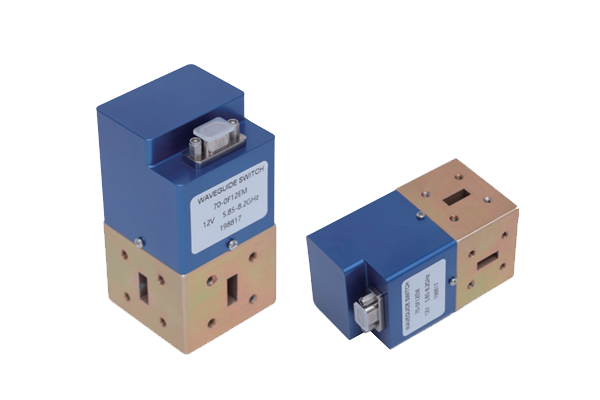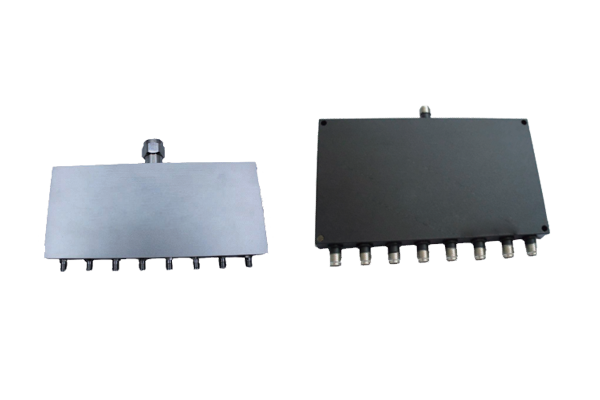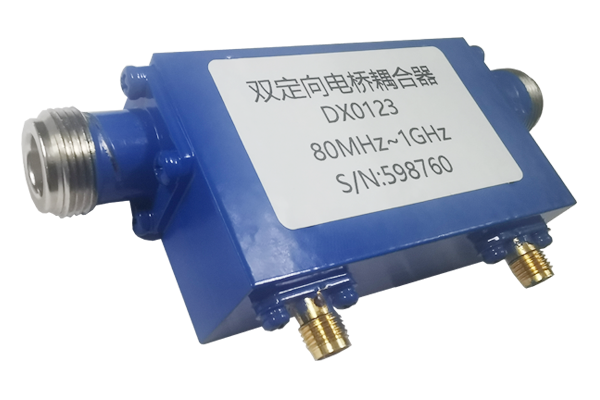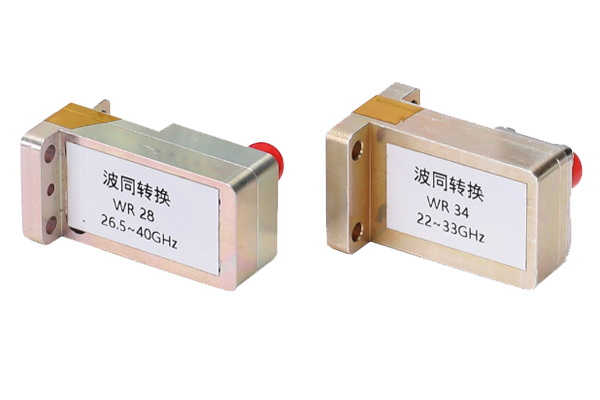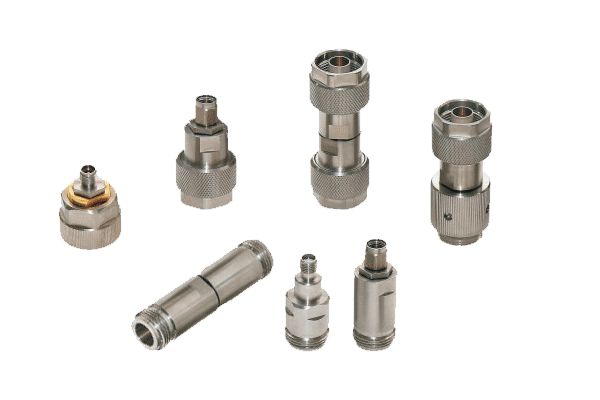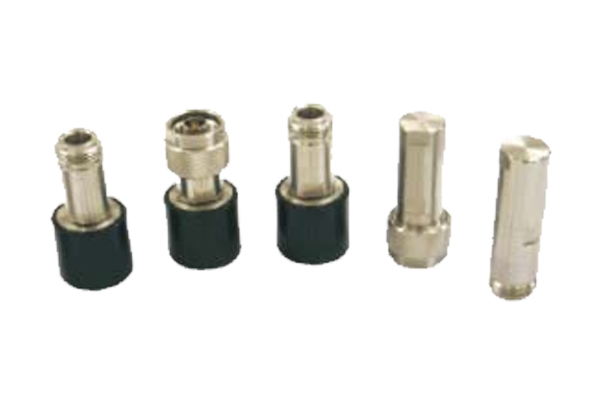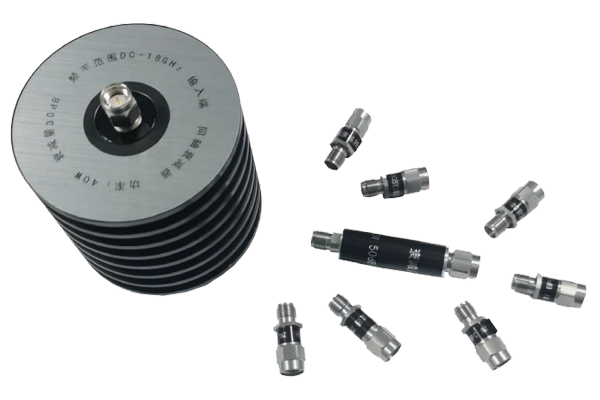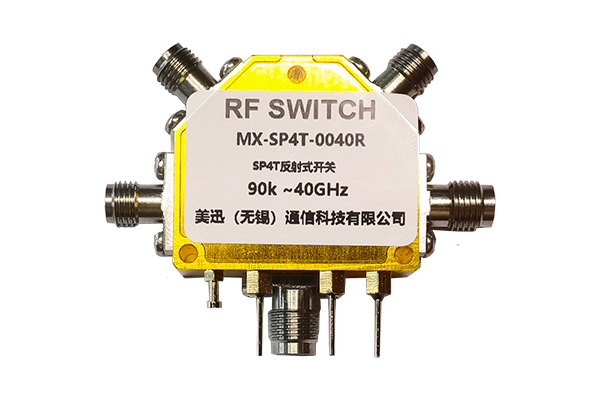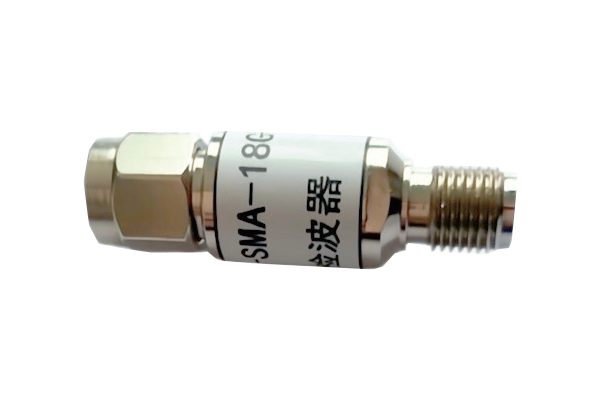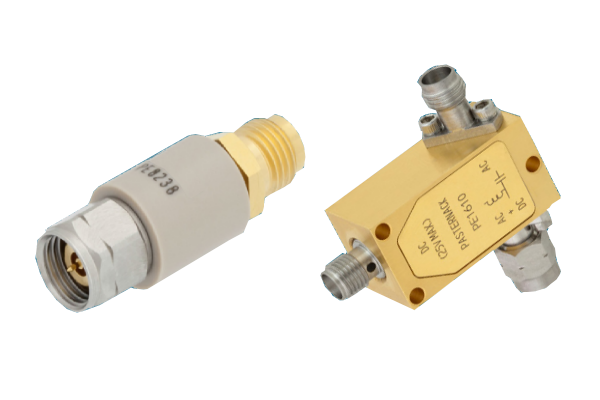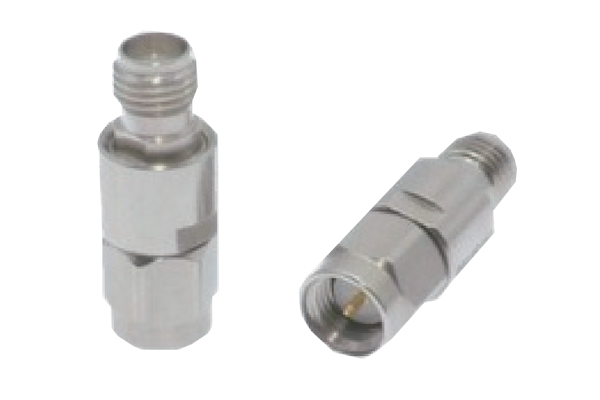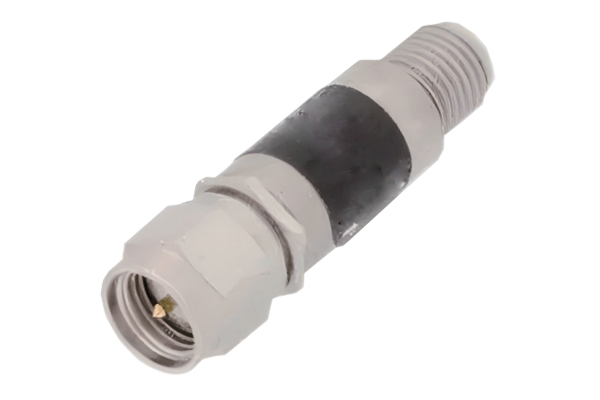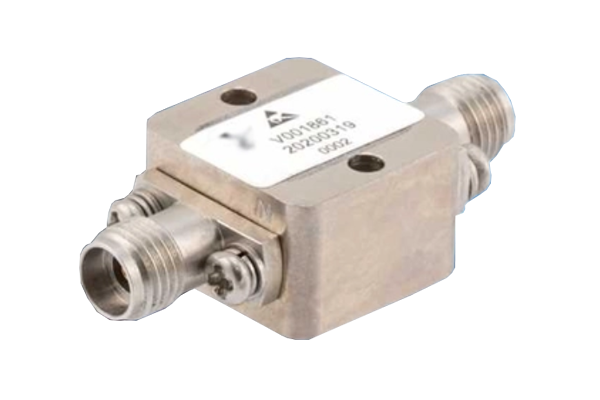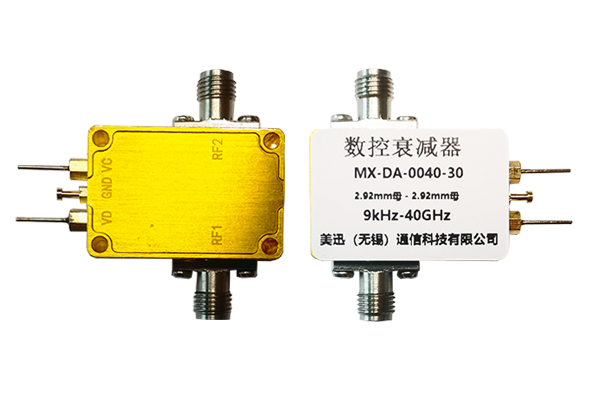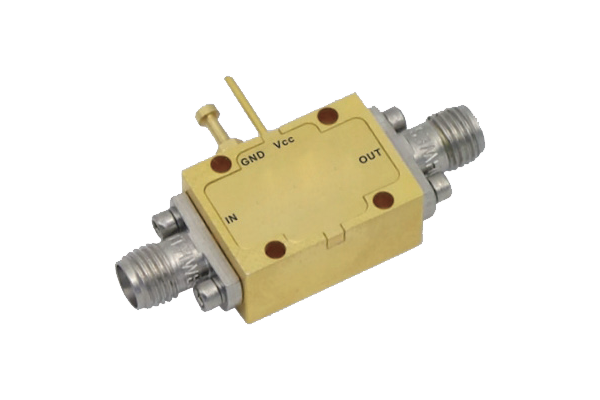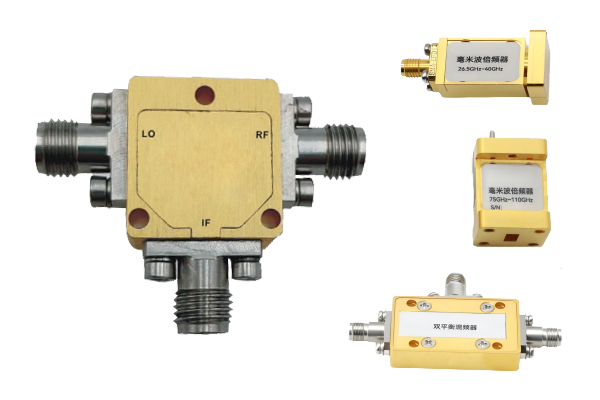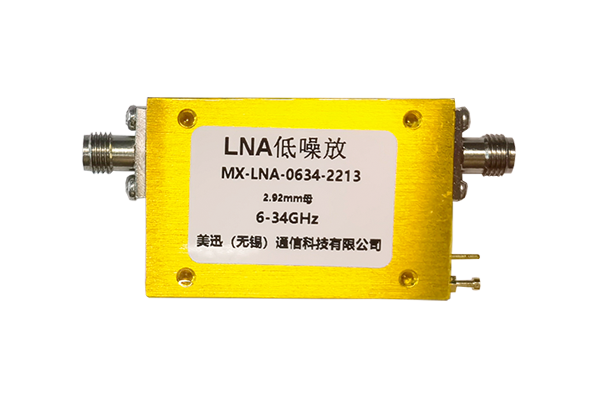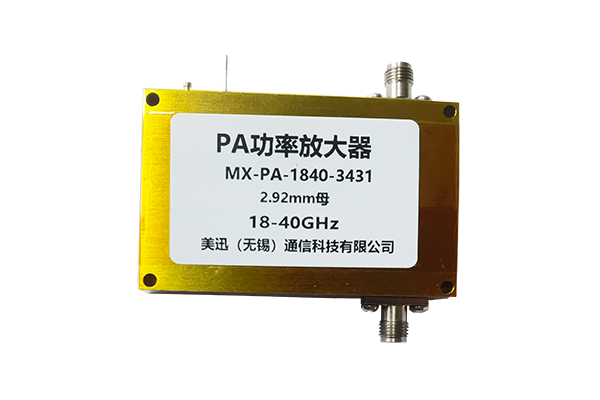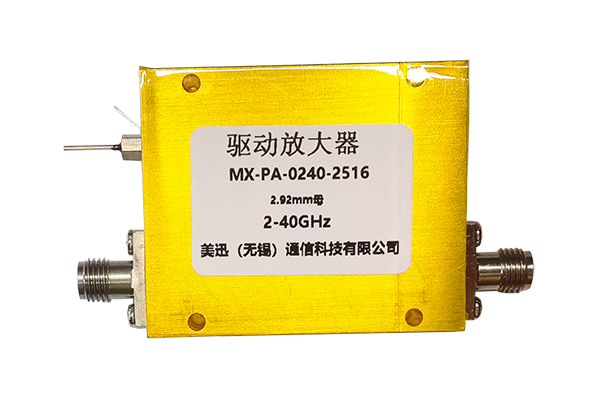How do fixed attenuators affect signals
-
1
Signal strength adjustment is the core function.
Fixed attenuators reduce signal power by a preset ratio, adjusting excessive input signals to within the acceptable range of the receiving device. This prevents device damage or measurement errors caused by signal overload, ensuring that the signal maintains a reasonable strength level during transmission and processing.
-
2
Significant impedance matching optimization.
A properly designed fixed attenuator structure can reduce impedance mismatch during signal transmission and reduce signal reflection loss. Stable impedance characteristics enable more efficient signal transmission, reducing signal fluctuations and interference caused by reflections.
-
3
Minimal Impact on Signal Noise
High-quality fixed attenuators utilize low-noise materials and designs. They introduce no significant additional noise during the attenuation process, preserving the original signal's signal-to-noise ratio and ensuring that the signal's valid information is not excessively disrupted.
-
4
Controlled Signal Distortion
A well-designed fixed attenuator minimizes signal distortion during attenuation, maintaining the signal's waveform and spectral characteristics. This ensures accurate signal transmission, especially in high-precision measurement and communication systems.
-
5
Maintains Frequency Stability
Fixed attenuators maintain stable attenuation performance across the operating frequency range, minimizing variations in attenuation across different frequencies. This ensures consistent transmission of broadband signals and avoids signal distortion caused by inconsistent frequency response.



